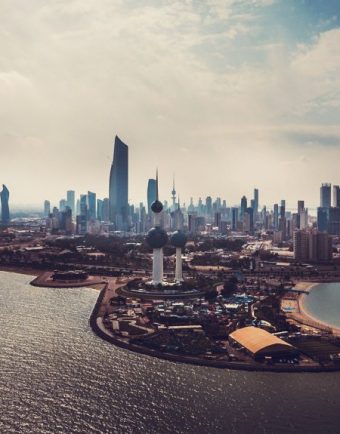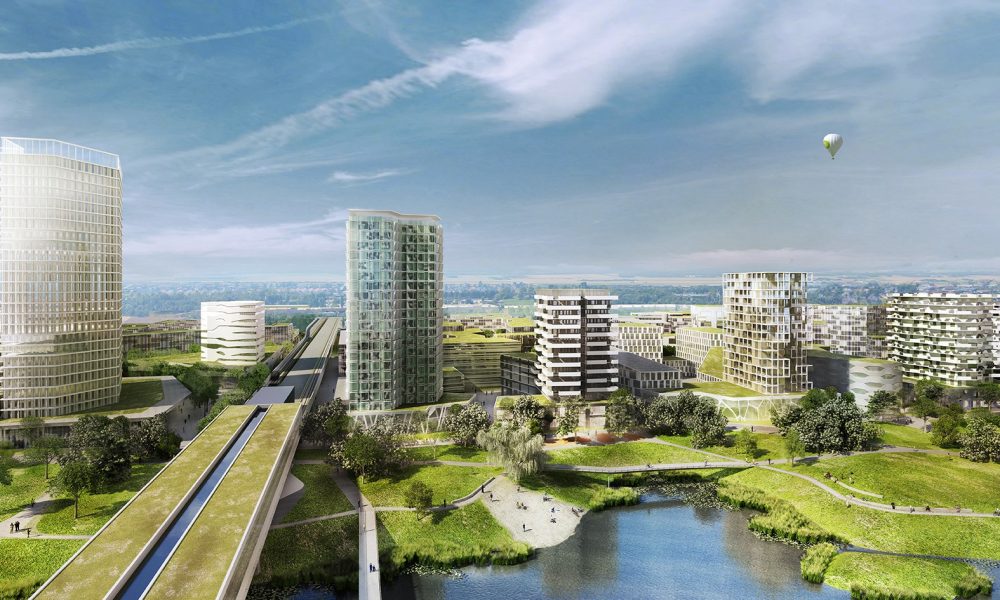

Přejít k obsahu | Přejít k hlavnímu menu | Přejít k vyhledávání

Nine victories in a row is no longer a coincidence. Vienna has done something well to continually defend its first position in the Mercer annual ranking that evaluates the quality of life in world cities. There are several criteria – from political stability, to the level of health care, crime
Nine victories in a row is no longer a coincidence. Vienna has done something well to continually defend its first position in the Mercer annual ranking that evaluates the quality of life in world cities. There are several criteria – from political stability, to the level of health care, crime rate, cultural scene and transport quality.
Of course, we are most interested in the technology issue and its impact on the everyday life of the population. And the fact that Vienna is not distant from Czech cities, being little more than one hundred kilometres from our southern borders.
While the Czech cities are still thinking about and discussing the involvement of smart technologies, you are meeting them at every turn in Vienna. While you are often not aware of them, they influence your actions in the city and everyday life. In the heart of the city you will find exactly 84 “smart projects” that the Austrian metropolis started in 2014, when it approved its long-term vision. Its ambitions are ambitious. By 2050, reduce greenhouse gas emissions by 80 percent or reduce energy consumption by 40 percent.

“Technology in the city is not a whim. It is an absolute necessity, if we talk about city survival – and without exaggeration, of humanity as a whole. Every second, there are two more people on the planet, and there is no new source of resources, rather the opposite. To save energy and to optimize our behaviour is a necessity. Although Vienna may not have a number of technologies evident in the Arab world, it adds its own unique surplus value. And that is the concept of urbanism. It does not build on green field sites, but it revitalizes, which is of course more demanding,” says Boris Kamenicky, business development manager of ELKO EP, one of Europe’s leading technology leaders.
The Vienna projects also deal with topics that may seem like science fiction. From evaluating the energy efficiency of blockchain operations (i.e. “mining” so-called “cryptocurrencies”), to using energy from underground brakes or optimizing the movement of wind current at the Vienna Central Station. Yet all these are topics which have not even begun or seriously debated in the Czech Republic.
If we look at the more comprehensible, probably the best known is the construction of the new Seestadt Aspern district in the north of the city. From 2028, there will be new homes to more than 20,000 inhabitants in an area of 240 hectares. The heart of the district is the Aspern IQ technology center, which, thanks to the use of the latest generation of solar panels, will be capable of generating more energy than the city needs. Office buildings have airtight cladding and quarter-meter insulation. They are automatically ventilated according to actual carbon dioxide measurements. Venetian blinds ensure an optimal level of light and heat. Of course, there is an economical LED lighting. It will open up to 20,000 jobs and 10,500 dwellings after ten years of this “big technological laboratory”.

But today however, in the hometown Dachshund cake we taste a variety of technological specialties. The main part of the city is wireless, surfing with public and free Wi-Fi. Traffic lights in many places drive current traffic, not people. Houses are more and more “green” not only in their consumption but also at first sight because Vienna supports green facades. E-government and many mobile applications work. Of course, new buildings are intelligent accessories – sensors that measure and keep track of expenses for all conceivable energies, while also facilitating comfort.
What five years ago could act as social engineering, the Austrians were able to quickly put into practice. And the results are, at least from a Czech point of view, really overwhelming. More than 6000 citizens of Vienna are now participating in projects related to renewable energy sources. Vienna Energy has implemented 24 solar power plants and 4 wind turbines. 26,000 panels already generate about 6.8 megawatts of energy today.

“I believe that Vienna’s capacity for action will also be an inspiration for other cities, for the Czech Republic and the world. Vienna has proven that a short path can lead from paper to reality. Because the technologies are really ready, they have proven positive environmental impact and effects for everyone’s everyday lives. The longer we postpone the projects, the more challenges we will face,” concluded Boris Kamenický.